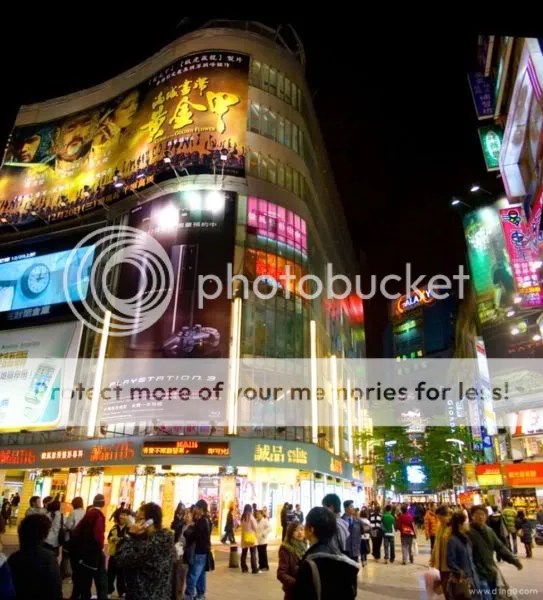We wrapped up our visit to Lukang with two Taiwan Living Heritage Artist shops, shrimp monkeys in a hole-in-the-wall restaurant, and a quick peek at Tianhou Temple.
The main north-south artery that runs through the historic part of Lukang is Jhongshan Road. On the southern end of Jhongshan Road are the Martial Temple, Wenchang Temple, and Wenkai Academy. Longshan Temple is also in the southern section of the historic center on Sanmin Road, which is perpendicular to Jhongshan Road. Meanwhile, the entrance to the cleaned up part of 9-Turns Lane is just off Jhongshan Road on Sinsheng Road north of Longshan Temple. Tianhou Temple caps off the northern end of historic Lukang and Jhongshan Road.
The first place we visited, at 312 Jhongshan Road, was Master Wu Dun-Hou’s Folk Lantern shop.
I wanted to buy one of the lanterns displayed outside (shown below) but my mom laughed because most of these lanterns were run of the mill lanterns for restaurants, and say things like “fried noodles” or “fish” on them.

Master Wu Dun-Hou is a renowned creator of traditional Chinese lanterns who is one of the winners of the Living Heritage Awards in Taiwan. The Living Heritage Awards are given by the Ministry of Education to recognize Taiwan’s top craftsmen. Lukang is unique in that it claims 6 Living Heritage craftsmen, the most of any city in Taiwan.

Master Wu has been making lanterns in the traditional way for over sixty years and has devoted his life to developing and passing down this traditional art form.

Although Master Wu was not there when we visited, we met one of the artisans who told us about the lanterns. Most of the lanterns are still hand painted, but some of the smaller, cheaper lanterns are partially printed and finished off by the artisans. The lanterns inside the store are more suitable for inside the home, unlike the ones displayed outside! When you purchase a lantern, you can pick an auspicious saying that they will paint on the lanterns for you. You can then pick them up in about an hour.
Amidst dozens of lanterns are the artist’s paint brushes:

We got the yellow lantern with the dragon in the bottom right hand corner of the photo above.
After the lantern shop, we walked up Jhongshan Road to the Tianhou Temple area to eat lunch. There is a small square outside the temple with dozens of food stands, tea shops, and restaurants.


Like most tourist destinations in Taiwan, Lukang has a bunch of local food specialties. They include oyster omelettes, deep fried oyster cakes, shrimp monkeys (fried mud shrimp), ox-tongue cake, and steamed port buns.
We had oyster omelette and shrimp monkeys for lunch. Honestly, we were not too impressed with the food here. It could just be this restaurant, though, which was a little too hole-in-the-wall for our taste, if you know what I mean.
Shrimp Monkeys (Fried Mud Shrimp)

Since it started raining again, we were only able to catch a quick outside glimpse of Tianhou Temple.
Tianhou Temple

Our last stop of the day was at another Living Heritage shop called the Divine Woodcarving Shop. I didn’t realize until we found the shop that its name was literal. This shop carves religious statues for temples around the island. It was just past Tianhou Temple on 655 Fusing Road, but it was difficult to spot because it looked like the living room of someone’s house. One of the master carvers was hard at work carving, but I didn’t want to disturb him. He was shy about pictures, but let me photograph the wood carvings on display.

We had to end our trip to Lukang at this point because it started pouring rain. I would have really liked to see some more sights though! I think we missed some good stuff.
As I mentioned in a previous post, Craig Ferguson, a photo blogger, did a great series on Lukang with beautiful pictures (on a very sunny day!).






































































Recent Comments